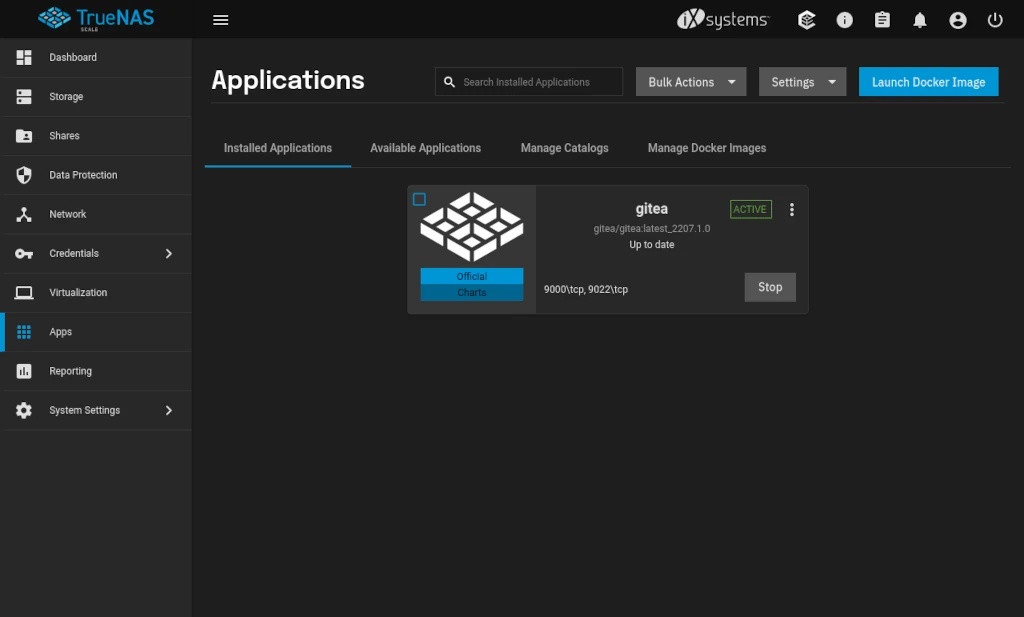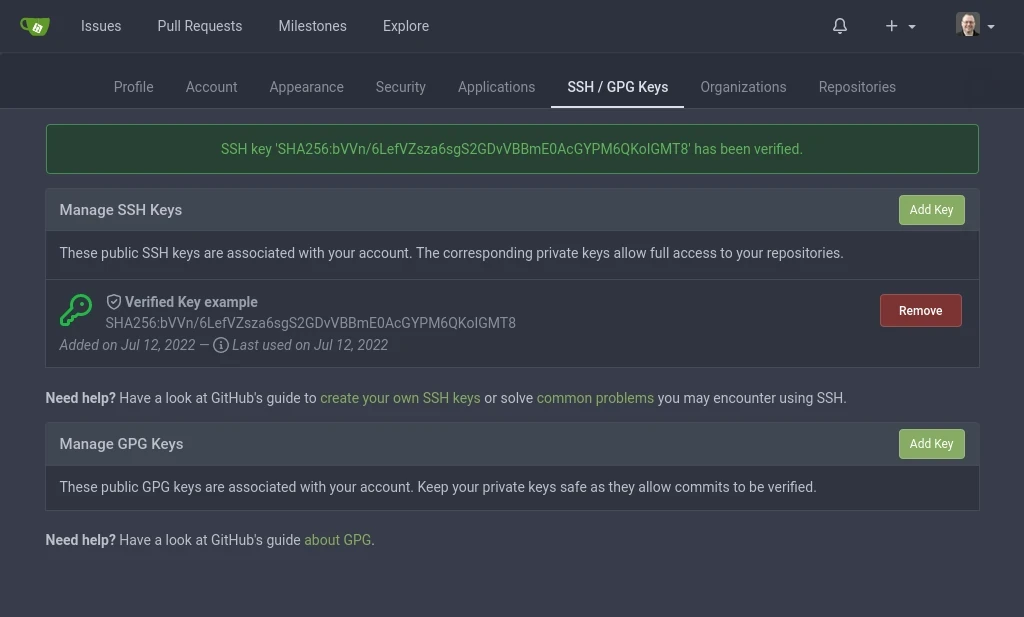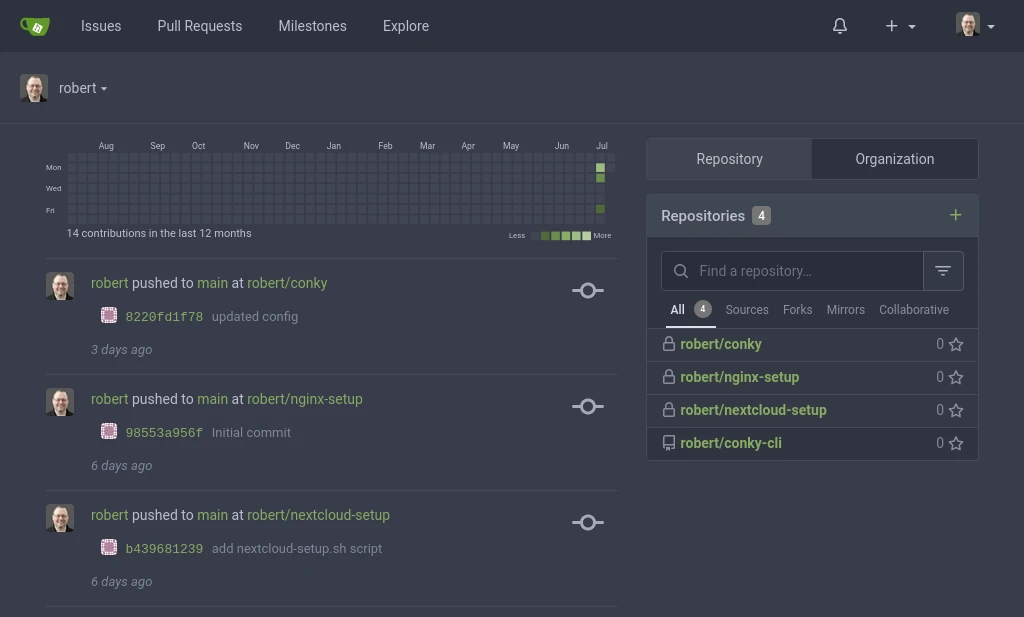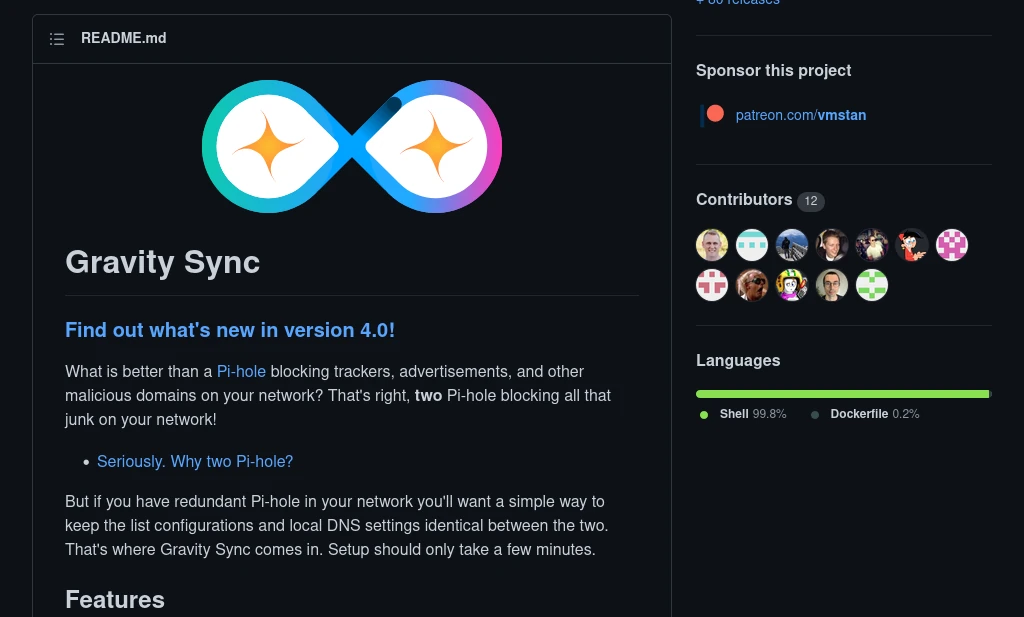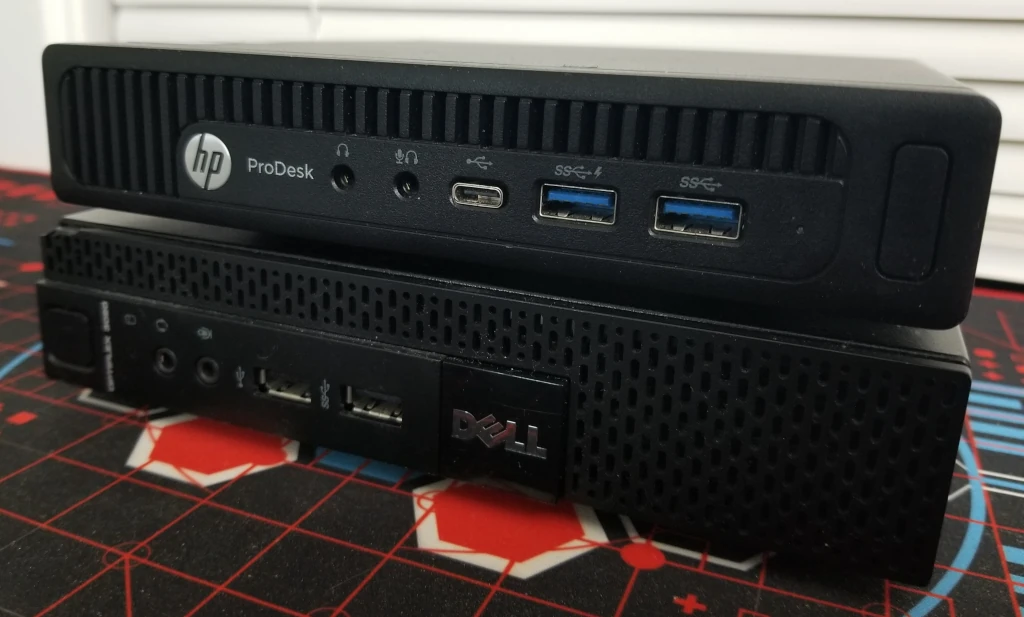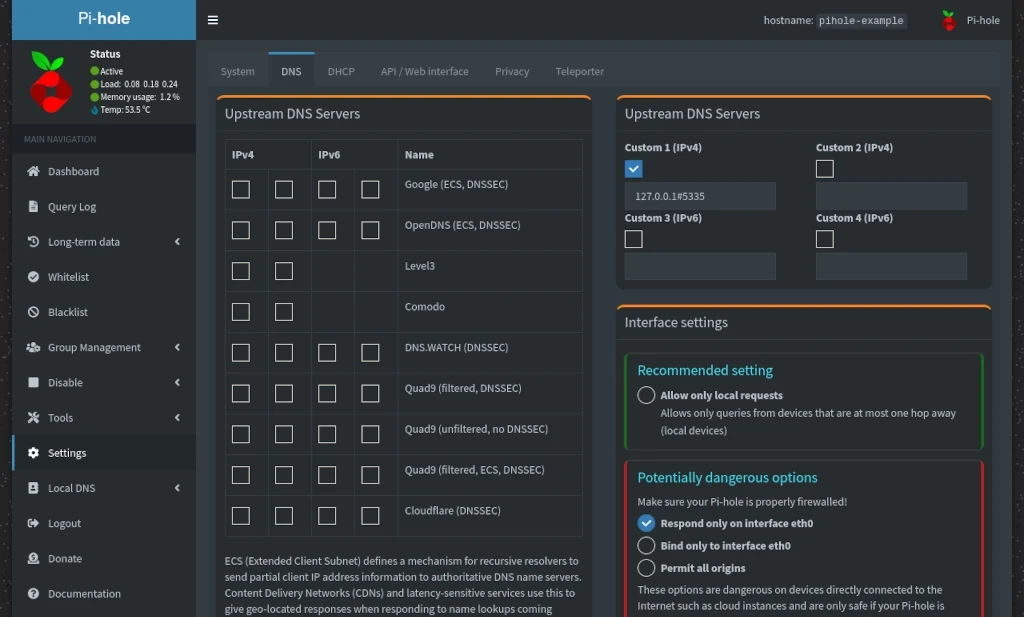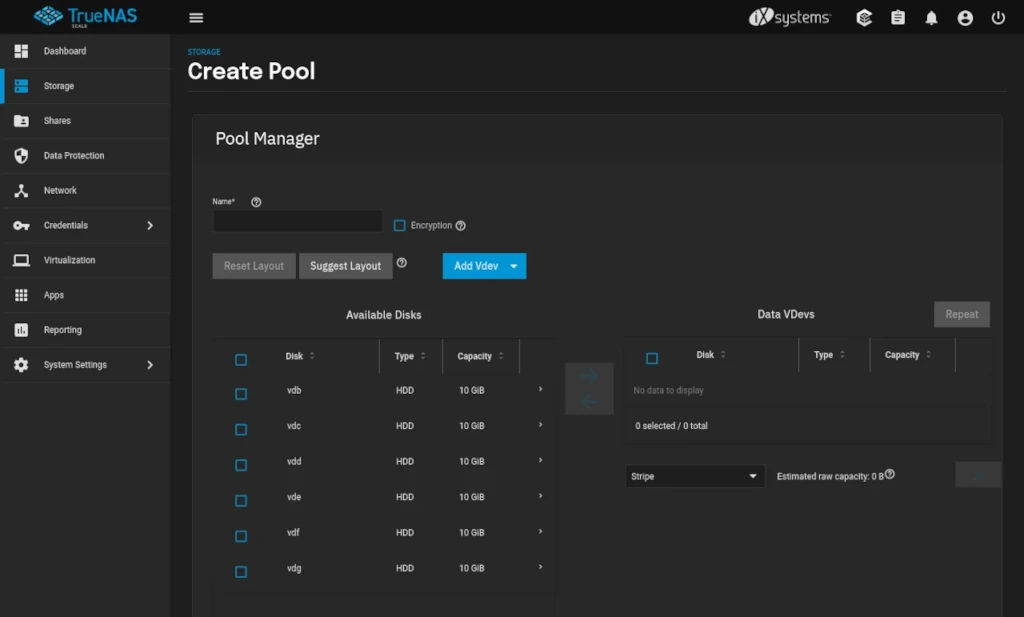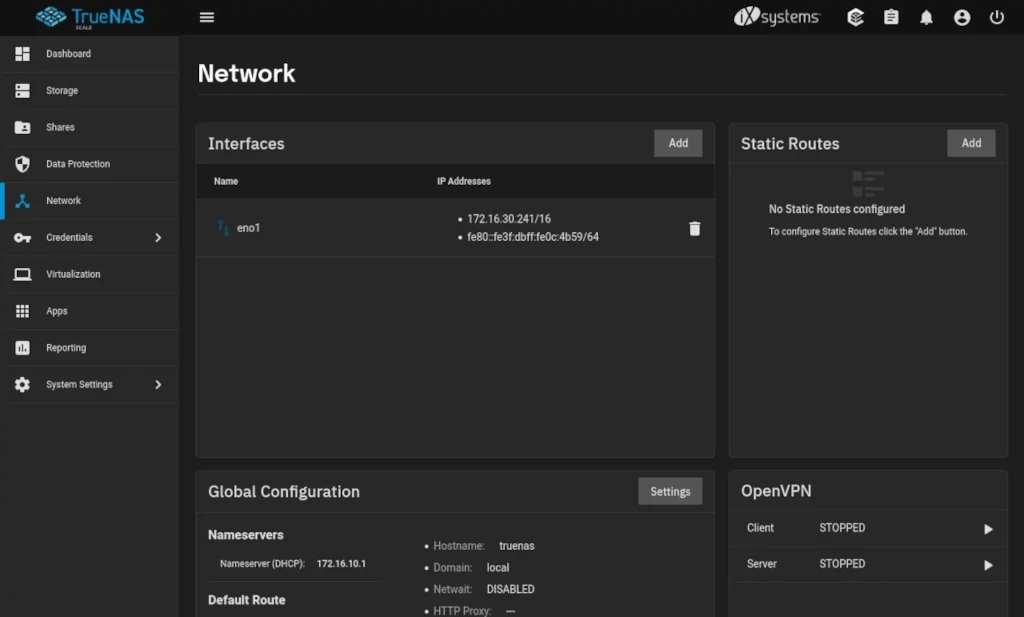Self Hosting Gitea On TrueNAS Scale With Working SSH Access
This tutorial covers how to configure a Gitea instance on TrueNAS Scale with SSH functioning properly for server communication. As of the time I’m writing this tutorial, there are problems with getting SSH working when deploying Gitea using the TrueCharts catalog. I’ll update this tutorial when I’ve worked out how to resolve the SSH related issues with the TrueCharts install.
Self Hosting Gitea On TrueNAS Scale With Working SSH Access Read More »
